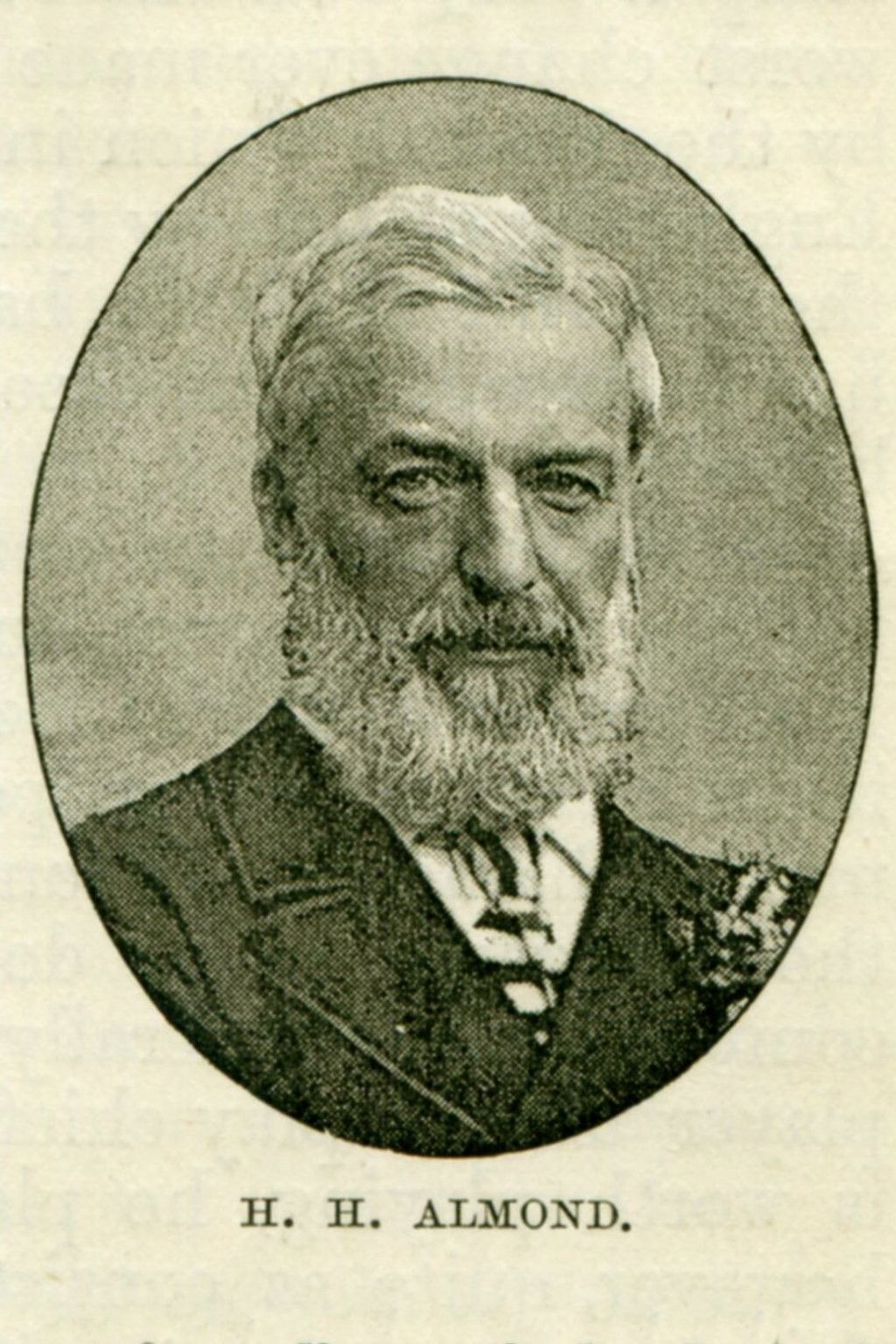Imagine 20 players on each side – mainly forwards – taking part in a rugby match on a Monday afternoon.
That’s exactly what happened on this day, 27 March, in 1871, at Raeburn Place in Edinburgh when Scotland took on England, marking the start of a rivalry that has stood the test of time.
#OTD in 1871 the first international rugby union match took place.
— Historic Environment Scotland (@HistEnvScot) March 27, 2018
The match was played at Raeburn Place, Edinburgh in front of 4,000 spectators. Scotland won 1-0.
Hop over to #SCRAN to search the rugby archives https://t.co/ealmqeLDeO pic.twitter.com/9mS3vcRc92
The seeds of rugby’s first-ever international were sewn the previous December when a sporting publication entitled Bell’s Weekly carried a challenge from five Scottish clubs to any team “selected from the whole of England” to participate in a game played under rugby rules.
Blackheath FC accepted the challenge but when England took to the field on that historic day in March, nine different clubs including Richmond and other less-known entities such as Gypsies FC were represented in the opposition ranks.
Among their ranks was a 17-stone colossus by the name of John Henry Clayton, out of the Liverpool club, a veritable giant in the Victorian era.
Host club Edinburgh Academicals had a six-strong contingent in the ‘squad’ of 20, with five other clubs also featured plus players from Edinburgh University.
England are reported to have travelled to the Scottish capital by train, third-class, with all expenses met by the players themselves.
Goals not tries
Scoring by points was not introduced to rugby football until the late 1880s and at the time of this inaugural international match the only way a match could be won was by a majority of goals: drop goals or converted tries. Tries alone were of no value, they simply enabled teams to ‘try’ for a goal.
Watched by 4,000 curious spectators, the game involved two 50-minute halves and was won by Scotland by one goal to nil.
The honour of scoring the first try in international rugby fell to Angus Buchanan who was driven over the English line from a scrummage, with William Cross adding the all-important conversion.

Marred by controversy
England disputed the score, by all accounts at great lengths, and incurred the wrath of the match official, or the umpire as they were then known, Dr Hely Hutchinson Almond (pictured), who was also the headmaster of Scotland’s oldest boarding school Loretto.
His thoughts on the matter were later set in print. ‘Let me make a confession,’ he wrote. ‘I do not know if the decision which gave Scotland the try from which the winning goal was kicked was correct in fact. When an umpire is in doubt, I think he is justified in deciding against the side which makes the most noise. They are probably in the wrong.’
Cross scored a second try for Scotland and Clapham Rovers’ Reg Birkett followed suit for England but in the absence of any successful conversions, Scotland held on to their controversial lead.
Scotland and England have met 137 times since then with England enjoying the superior head-to-head record with 76 wins to Scotland’s 43 and 19 draws.
Raeburn Place continued to be Scotland national team’s home venue for the first 25 years of international rugby and, in 1994, it hosted the women's Rugby World Cup final between England and defending champions USA.
Image supplied by World Rugby Museum, Twickenham





